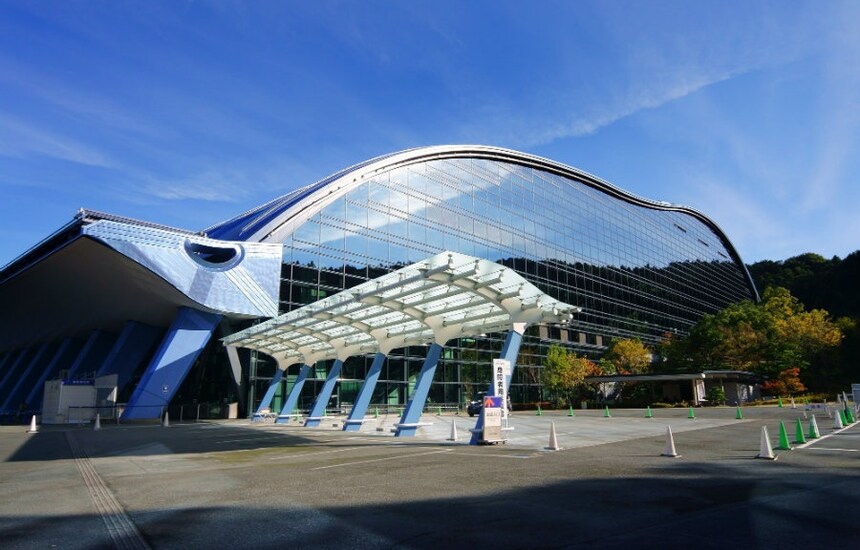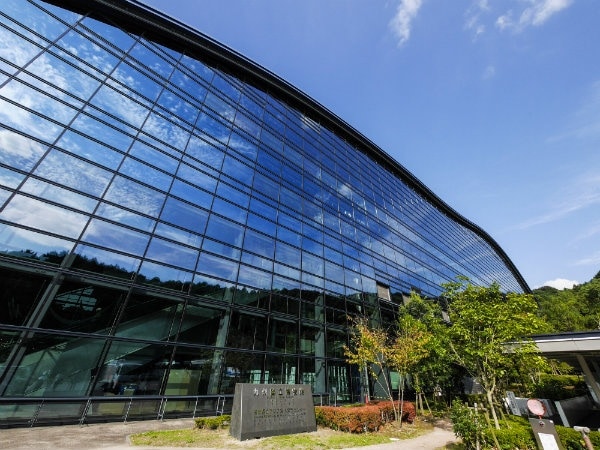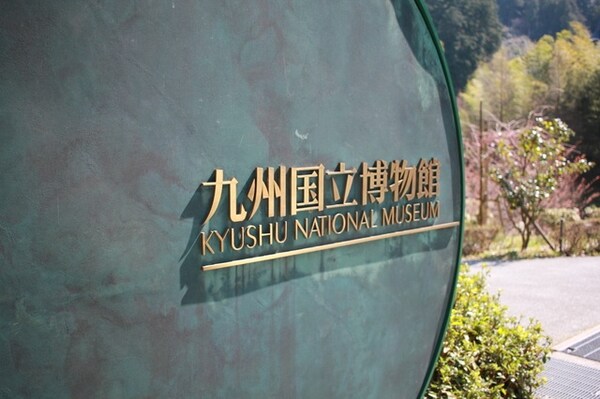Kyushu National Museum


Opened in October 2005 as Japan's fourth national museum, after those in Tokyo, Kyoto and Nara, the Kyushu National Museum has taken that theme and bases its activities on the concept of interpreting the formation of Japanese culture through the perspective of broader Asian history.
And while its exhibits look back through the centuries, the museum's remarkable five-story building is thoroughly modern and uses all the latest technologies to protect the items with which it has been entrusted. The museum's main exhibition hall displays some 800 items of cultural and historical importance.
The entrance to the museum is an impressive atrium-like hall with an elegantly curved roof. As well as an auditorium, the first floor includes Ajippa Square—which takes its name from Ajia-noharappa, meaning Asian fields, where children and adults alike are encouraged to handle everyday items from across east Asia, from Malaysian puppets to Okinawan musical instruments, Indonesian face masks, kites from the Himalayan kingdoms and national costumes.

The fourth floor is given over to the Main Exhibition Hall and takes as its theme "Ocean Ways, Asian Paths" for the five sections. The hall is ingeniously designed to enable the curators to move and change the exhibits at regular intervals, while the subtle lighting shows off the items to their full glory.
Visitors are initially taken into the prehistoric Jomon Period (14,000-300 B.C.) and are treated to a video depicting the lives of the first hunter-gatherers who inhabited what is modern-day Kyushu. It also shows the devastating eruption of Mount Aso 90,000 years ago, a blast that left much of Kyushu covered in several meters of debris from the volcano.
In nearby display cases, 35,000-year-old cutting tools are made of stones that were originally from the Korean peninsula, Siberia and other parts of mainland Asia, indicating just how far back this region's trading ties extend.
https://www.youtube.com/watch?v=qt_levLAYJA
The next section is devoted to the arrival of rice-growing culture and includes remarkably well-preserved wooden tools from the Yayoi Period (300 BCE–300 CE). There is also a recreation of the large jar used for royal burials in the Yayoi Period (300 B.C.–third century A.D.), complete with mirrors imported from China and a spear, based on the first-century tomb excavated at Itoshima, Fukuoka Prefecture.
The third section of the museum examines the age of the envoys, when trade and political ties were forged with dynasties on mainland Asia, including along the length of the Silk Road, which brought metalwork items and glass from the Middle East.
The exhibits include part of a Mongol ship that was part of the invasion fleet destroyed by the "divine wind" in 1281, a 14th-century sword by master-swordsmith Rai Kunimitsu, and a horde of 100,000 copper coins that were found buried in a large earthenware jar and whose owner had never returned to collect them.
Read full story: www.gov-online.go.jp



